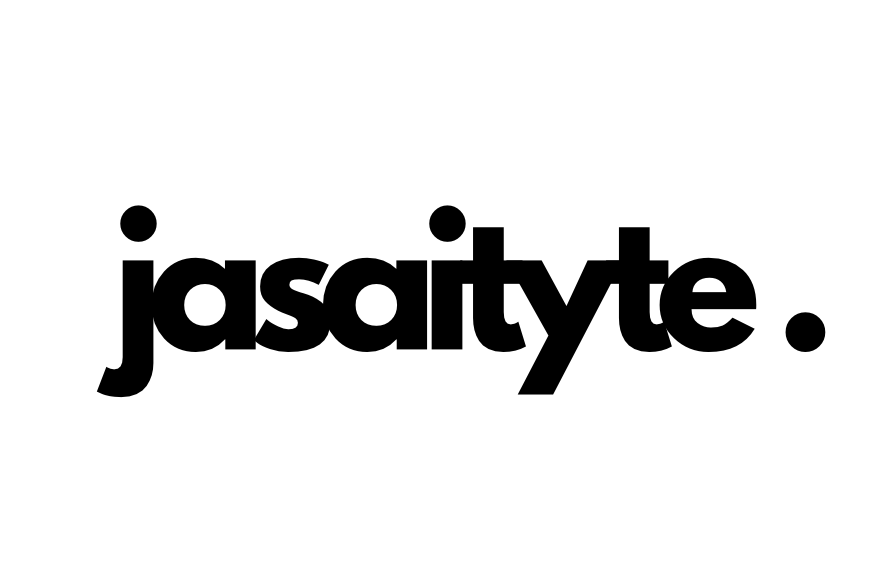The problem
Ever wondered why most fitness apps leave you feeling like just another number in their algorithmic maze? The issue lies in the hype versus reality – while they claim to customize your fitness plan, it's often a robot behind the scenes doing the guesswork. Where's the human touch? The secret sauce that truly caters to your unique goals and needs?
Think about it: these apps lack the real MVPs – personal trainers who can high-five your wins, give you that extra push, and tweak your plan based on how you're actually doing. Without a fitness sherpa to guide the way, it's like wandering through a fitness wilderness with no compass.
And here's the kicker – when your app doesn't know you from Adam and can't adapt when life throws curveballs, how can you stay on track? That's the struggle we're tackling head-on with our project. Imagine a fitness app that combines the brainpower of tech with the heart and soul of real trainers – a dynamic duo for your fitness journey.
Why settle for a generic plan when you can have a fitness buddy who understands your quirks, cheers your victories, and tweaks the game plan as you crush your goals? Let's redefine fitness apps – making them not just about algorithms but about real results, real connections, and a real path to your best self. Ready to break free from the algorithmic trap? Let's dive in!
How did I do it?
1. The interviews
Getting ready for my fitness app project, I talked to people to find out what they think about existing fitness apps. I wanted to understand why they use these apps and what problems they face. Even though I had some knowledge from visiting fitness places before, I needed to make sure I really got why people choose fitness apps, especially the ones claiming to give personalized plans. So, I asked questions and got different answers, creating two main scenarios:
Scenario 1:
- People were annoyed with one-size-fits-all fitness plans;
- They wanted workouts that fit them personally, with goals tailored just for them.
Scenario 2:
- Some folks struggled with sticking to their workouts and staying motivated;
- They missed having someone guide them and adjust their plan as they progressed.
These different scenarios showed that people have varied needs when it comes to fitness apps. But what everyone agreed on was that existing apps lack a personal touch.
During the talks, an important question popped up: Can a computer really understand what each person needs for their fitness journey? Most people said no. They want an app that goes beyond just giving automated plans. They're looking for something that feels real, with a connection, someone to cheer them on, and an expert to guide them.
So, the mission of my fitness app project was to fill this gap. I was working on an app that uses fancy tech but also brings in real fitness trainers. The idea was to create an app that not only gets your unique fitness style but also celebrates your successes, keeps you excited, and adjusts your plan as you reach your goals.
2. Competitor analysis
In competitor analysis of 7 fitness apps, I discovered that many of them failed to provide a truly personalised fitness plan. However, at SIBI, we took this as an opportunity to create a better solution. Our team worked to design a platform that delivers a customized workout plan tailored specifically to each user's fitness goals and abilities. By analysing the strengths and weaknesses of our competitors, we were able to identify areas for improvement and develop innovative features that set SIBI apart from the rest. With a commitment to helping users achieve their fitness goals, SIBI provides a truly personalised fitness experience like no other.
3. User persona
Interests:
- Passionate about fitness and exploring new workout routines;
- Enjoys weekends hikes and occasional yoga sessions;
- Tech enthusiast who experiments with the latest gadgets and apps.
Needs and expectations:
- Seeks a fitness app tailored to a busy professional's lifestyle;
- Expects a personalised experience based on fitness levels, preferences, and time constraints;
- Requires seamless integration into daily routines and a user-friendly interface.
Pain Points:
- Lacks real-time guidance and accountability;
- Finds navigating complex fitness apps time-consuming.
Goals:
- Aims to find a fitness app that acts as a supportive companion;
- Seeks tailored workout plans, motivation, and accountability;
- Strives for a holistic well-being, integrating fitness into daily life.
Conclusion
Alex Turner is like many of us—balancing work and a desire to stay healthy. Whether tackling tech campaigns or enjoying outdoor activities, Alex values a blend of innovation and wellness. Frustrated with generic fitness apps, Alex wants something personalised, easy to use, and with real-time guidance. As we were create our fitness app, we were keeping Alex in mind—someone who represents the need for a simple, effective, and enjoyable way to stay fit amid life's busyness.
4. Prototype and Final product
To vividly illustrate the path and showcase our concept to users, I crafted a functional prototype for our fitness app. This prototype emerged as a valuable tool, serving not only to assist developers and facilitate testing but also to conduct engaging demonstrations for significant user groups, including potential users in gyms and fitness enthusiasts.



